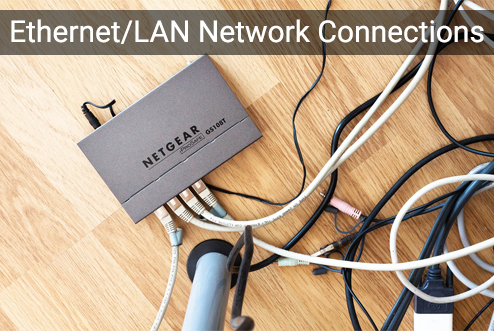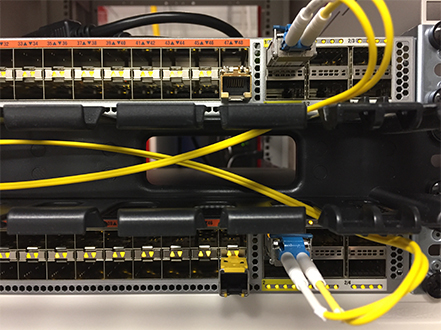Running a business of any size is no small task for a person to accomplish. It can be quite stressful to always be deciding what is best for the company and finding new ways to make it more profitable and efficient. Knowing the ins and outs of your business is key to being successful but what happens when you require additional services such as computer IT that personnel at your business are not familiar with? We live in a world full of computers that are designed to make our lives and businesses easier to run and maintain but when the systems potentially go down or need upgrades as time continues to change rapidly with technology you will find there is a new problem to resolve. Outsourcing your IT needs or more specifically using managed IT will benefit your business dramatically and below you will find exact reasons why.
Preventative solutions that reduce risk
Every business investment will require some type of risk. When utilizing a managed IT company to service your computer IT needs, much of the risk is removed since you will gain the expertise and knowledge of the professionals in the IT field and will understand the compliance and security issues to be on the lookout for. Also, with the expert knowledge, precautions will be installed and will receive better performance with little to no downtime. Daily system scans are done on the entire network of the company to verify no security issues or will be informed of smaller issues that can be repaired faster than if a problem was neglected and became much larger in turn saving more money.
Predictable and Controlled Expenses
A customized plan will be designed by the managed IT consultants to provide the best solutions for your business no matter size if a small business or a global industry leader. Considerations that will help determine the plans that are enough for your company will be details discussed such as budgets, timelines, and future upgrades that are required to take place. Once the proper plan is decided, it will give a peace of mind knowing that your IT will be able to maintain and provide quality service that you will not have to question what will be covered and what repairs won’t. Having managed service providers also help minimize the likelihood of inconvenient, and sometimes very expensive network disasters.
Quicker Service
When businesses work with managed IT consultant’s they will receive the quickest response time support. Wide range of services include 24/7 system and network monitoring, server/ workstation installation and maintenance, security audits, employee troubleshooting and much more. At CPS, we also have a customer support portal that allows customers to request immediate support through in house IT ticket system that consultants can receive day or night. Proper monitoring of systems will inform your IT professionals when an issue is found before it becomes a large issue to save more downtime as well. Communication with software and hardware vendors can be done directly through managed IT company so that a business owner does not have to take additional time trying to understand technical terms or complicated conversations.
Creative Programs and Systems is an all-inclusive tech company that specializes in Custom Development, Managed IT Services, and Digital Marketing. All work is done in-house, we never outsource services from custom server builds and workstations, custom software programming and phone app development, to search engine optimization and paid advertising, our professionals provide results. For more information on CPS check out our website at https://www.cpsmi.com.


